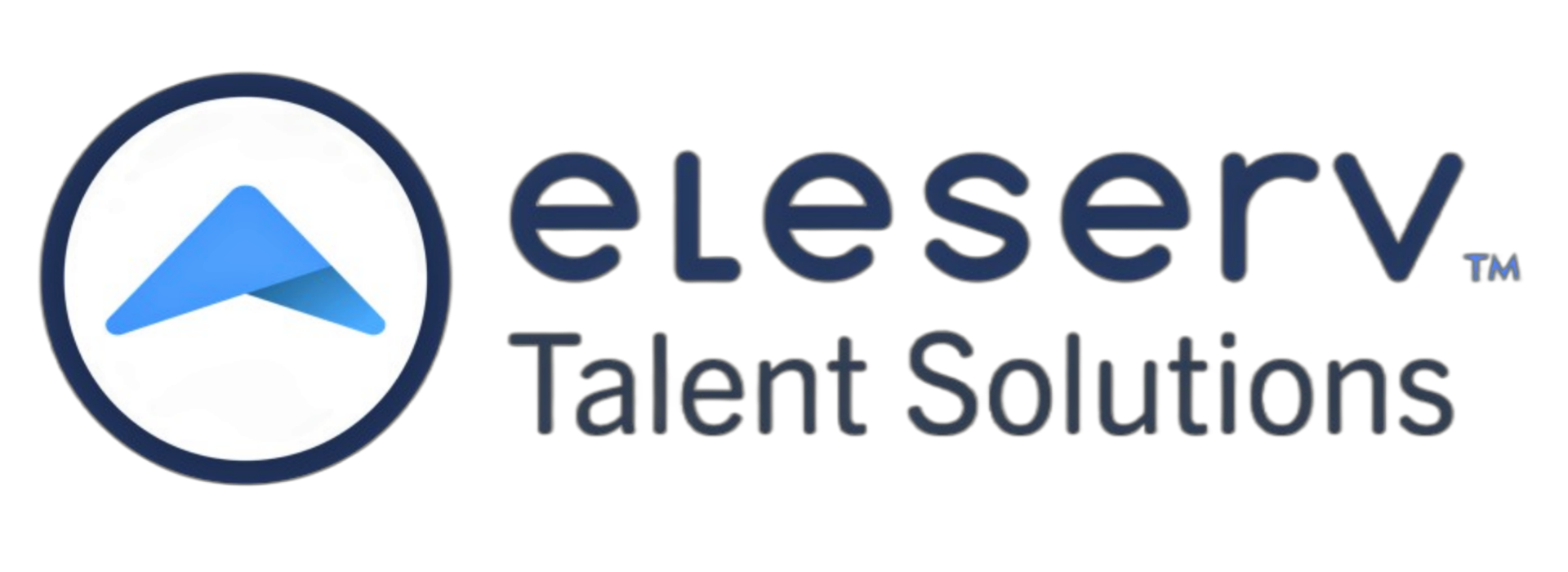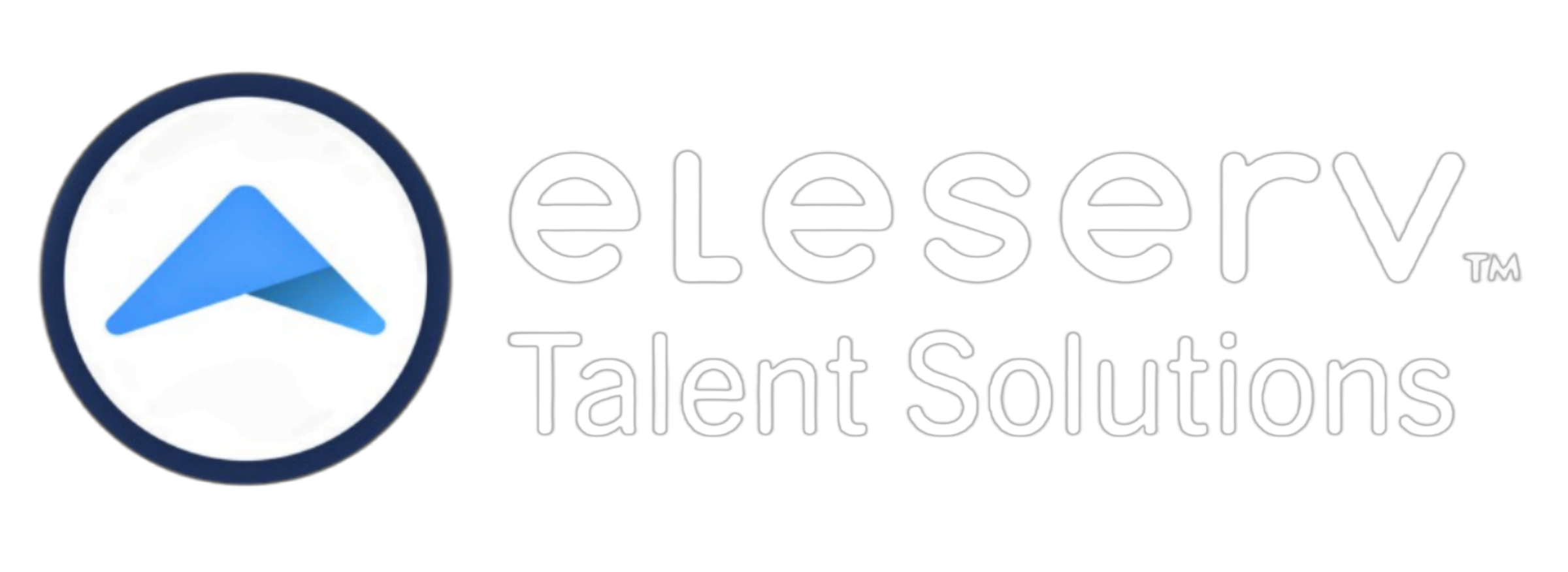Retaining Talent? Invest in their career development and growth.
It is tough out there. Skilled people are in demand. Retaining top talent is a priority for organizations everywhere. Competitive salaries and benefits are important but just throwing more money at someone to retain their skills is no longer enough for employees to stay at an organization if other factors are not present. One of the most critical elements influencing employee retention is an organization’s commitment to career development and growth opportunities. Companies that invest in these areas tend to retain employees longer, fostering a motivated, skilled, and engaged workforce. Conversely, organizations that neglect career development often struggle with high turnover rates and disengaged employees.
The Impact of Career Development on Employee Retention
When organizations invest in career development, they signal to employees that their growth and future are valued. This investment creates a sense of loyalty, satisfaction, and engagement, which ultimately reduces turnover. A LinkedIn report found that 94% of employees would stay longer at a company that invests in their learning and development.
Google is known for its robust career development programs. They offer continuous learning opportunities through Grow with Google program, mentorship programs, leadership training, and tuition reimbursement. As a result, employees feel empowered to advance their careers within the company, reducing the likelihood of seeking opportunities elsewhere.
Organizations That Don't Invest in Career Development
In contrast, organizations that do not prioritize career development often face high turnover rates, low employee engagement, and reduced productivity. Employees in such companies may feel stagnant, underappreciated, and unmotivated, leading them to seek better opportunities elsewhere.
For example, a study by the Work Institute found that lack of career development is the number one reason employees leave their jobs, accounting for 22% of all voluntary turnover. If employees do not see a future within an organization, they are more likely to leave, forcing companies to incur the high costs of recruitment, training, and lost productivity.
How Organizations Can Improve Career Development and Growth Opportunities
Organizations that want to enhance their career development initiatives can implement the following strategies:
1. Offer Continuous Learning and Training Programs
Provide employees with access to workshops, online courses, certification programs, and industry conferences. Investing in skill development ensures employees remain competitive and feel valued. One key aspect of this is upskilling, where employees acquire new competencies to stay relevant in a rapidly changing job market. By providing access to cutting-edge technologies and industry trends, companies can future proof their workforce while boosting retention.
2. Create Clear Career Pathways
Employees need a clear understanding of how they can grow within an organization. Establish structured career paths, promotion guidelines, and leadership development programs to help employees envision their future. When employees understand the opportunities available to them and the steps required to advance, they are more likely to stay engaged and motivated within the organization. Clear career pathways help reduce uncertainty about progression, increase job satisfaction, and align employees' goals with the company's long-term vision.
3. Implement Mentorship and Coaching Programs
Pair employees with experienced mentors who can provide guidance, support, and insights into career progression. A strong mentorship program fosters professional growth and strengthens workplace relationships. Mentorship and coaching programs help with professional growth by providing employees with valuable insights, personalized guidance, and skill-building opportunities. These programs foster a culture of learning, allowing employees to gain confidence in their abilities, navigate career challenges, and develop leadership skills. Additionally, mentorship enhances employee engagement and job satisfaction by creating meaningful professional relationships and career advancement opportunities.
4. Encourage Internal Mobility
Rather than hiring externally for every new position, prioritize internal talent. Encourage employees to explore lateral and upward career moves within the organization. Additionally, maintaining a skills inventory of employees can significantly enhance internal mobility. By tracking employees’ existing skills, competencies, and interests, organizations can identify talent gaps, align employees with suitable opportunities, and facilitate career transitions within the company. This proactive approach ensures that employees feel valued and see a future within the organization.
5. Recognize and Reward Career Growth
Acknowledge employees who take the initiative to develop their skills. Recognition can come in the form of promotions, salary increases, additional responsibilities, or public acknowledgment of achievements.
6. Support Work-Life Balance and Well-Being
Career development isn’t just about climbing the corporate ladder—it’s also about maintaining a healthy work-life balance. Companies that offer flexible work arrangements, mental health support, and employee wellness programs help their workforce thrive both personally and professionally. Allowing employees to maintain a work-life balance is crucial because it helps prevent burnout, reduces stress, and improves overall job satisfaction. When employees feel supported in balancing their personal and professional lives, they are more likely to stay engaged, productive, and committed to their organization. Companies that encourage flexible schedules, remote work options, and mental health initiatives create an environment where employees can thrive, leading to higher retention rates and a more positive workplace culture.
Investing in career development and growth opportunities is not just a perk—it’s a strategic advantage. Companies that prioritize these initiatives experience higher retention rates, greater employee satisfaction, and increased productivity. On the other hand, organizations that overlook employee growth risk losing their top talent to competitors who do.


